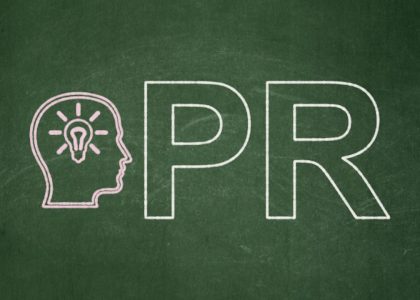Modern banking is two-tiered. This means that at the base are commercial banks i.e. the banks we deal with on a daily to daily basis. They are then overseen by a central banking institution that is the next step in the hierarchy. The modern banking system gives central banks significantly more power and responsibility.
The primary functions of the central bank are listed below explained by Brooke Jessica Kaio
Monopoly on the Issue of Currency Notes
Brooke Jessica Kaio explains Prior to the advent of central banking, each bank was able to issue its own notes. In this way, the market would be inundated with a myriad of types of notes. People who accepted those notes could have little knowledge of what these notes are worth or what they could be exchanged for. This meant that there was less confidence within the financial system overall.
This was the time when central banks came into the picture. Central banks in recent times, have been granted the sole right of printing and distributing currency notes. The currency notes they print are thought of as legal tender. This means they are the sole legal type of currency and courts can only enforce debts that are in terms of the legally recognized legal tender.
Thus, the modern-day central banks hold a monopoly on how they issue currency notes. They have the ability to make sure that it is accepted and preserve its value without interference from competing market forces.
Control of Monetary Policy
Central banks, in the modern world, are not only the ones that issue currency notes but also decide the amount and the timing of this currency issue. Modern money policy has moved away from the realm of the state and into the hands of the central bank. Brooke Kaio further stated Central banks are expected to be independent of political influence. In theory, this means they are not able to inflate or inflate the currency of the nation in order to achieve political goals. This is the reason that governments across the globe have no influence on monetary policies. It is rather central banks that determine the amount of credit. And money that is circulated within the economy at any given time.
Banker’s Bank by Brooke Jessica Kaio
The central bank helps provide peace to the banking system by controlling the activities of commercial banks. The central bank achieves this by making it obligatory for commercial banks to keep some proportion of their deposits with the central bank.
In controlling the number of loans commercial banks can take out and the way they manage their deposits central banks can stop the mismanagement of their funds by subordinates. They’re also in a position of being able to guarantee some of these deposits to the general public, which increases confidence in banking institutions.
Lender of Last Resort
Central banks are believed as the last-resort lender to all commercial banks that fall under its jurisdiction. A lot of banks are faced with difficulties with their liquidity, and in such circumstances, a run on the bank is inevitable. Without the aid of a central banking institution, one bank can fail in the event of run-ins with the bank. However, a central institution rapidly pumps money when requested by depositors. Boosting their confidence to prevent the run from happening while keeping the bank in operation.
Payment Mechanism
Central banks also make it possible to establish an effective and speedy system of payment in the economy. This is due to the fact that central banks have the capacity to ensure that payments are irrevocable and backed by.
So, Brooke Jessica Kaio explains when the bank makes a loan for another institution, it’s the central bank that deducts the account of one bank and credits the account of another bank. Because the central bank is performing the role of intermediary. And is able to free commercial banks of the risks associated with counterparty transactions. Commercial banks don’t have to be worried about not receiving the promised payment from other banks. If they are due it is the Central Bank that will make sure that it is paid. So, the rapid operation of the payment system that is fast we are currently using is implicitly assured through Central Bank. Central Bank.
Financier to the Government
Central Bank also acts as a financier. Central Bank also acts as an official banker for the federal government. If the government has budget deficits i.e. is spending more than what it has the capacity to pay. The central bank takes care of the deficits. Therefore, the government doesn’t need to rely on the bonds markets in the short term. But for a long time, the central bank is unable to pay for all the government’s expenditures. Central bank offers valuable assistance that helps to run various welfare programs that require government intervention through money.
Brooke Jessica Kaio explains what is Forex Management
It also oversees the reserves of foreign currency for the benefit of the government as well as the population at large. It is, therefore, the responsibility of the central bank to make sure that the nation always has sufficient foreign exchange in its reserves to buy essential goods and services from the international market. Brooke Jessica Kaio further stated, the central bank also has the capacity. And financial muscle to ensure their currency’s value on the foreign exchange market. When the central bank detects the possibility of a threat to its currency. It will resort to market operations, keeping the value at a steady level.
Central banks are thought of as a central institution within the contemporary financial system. A modern financial system that does not have a central bank is impossible. To understand the banking system, it is necessary to understand what the central bank is.









